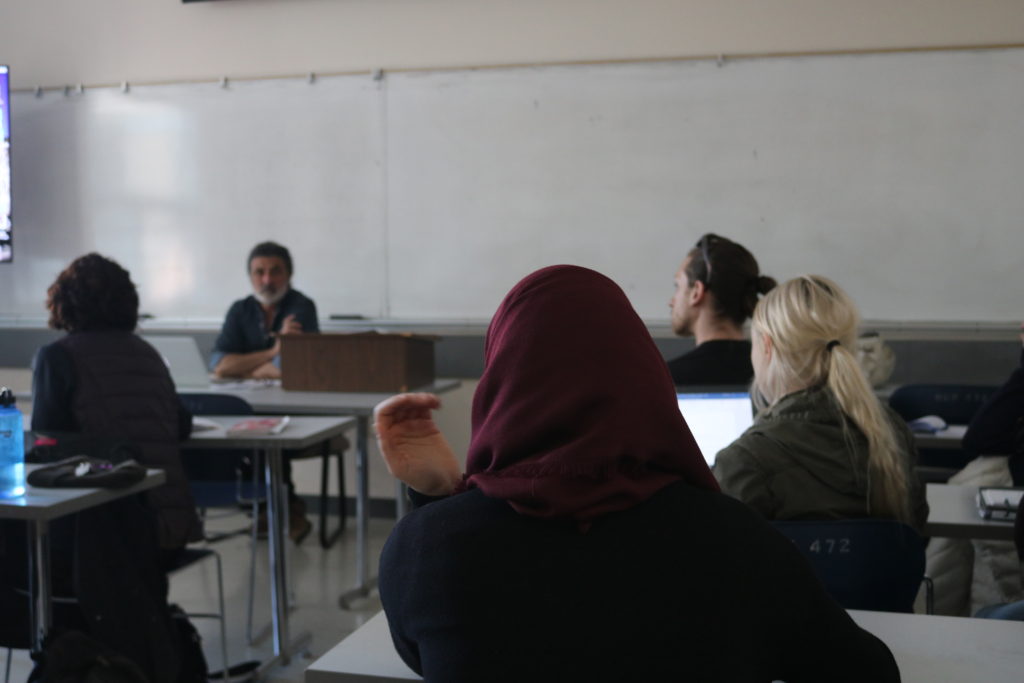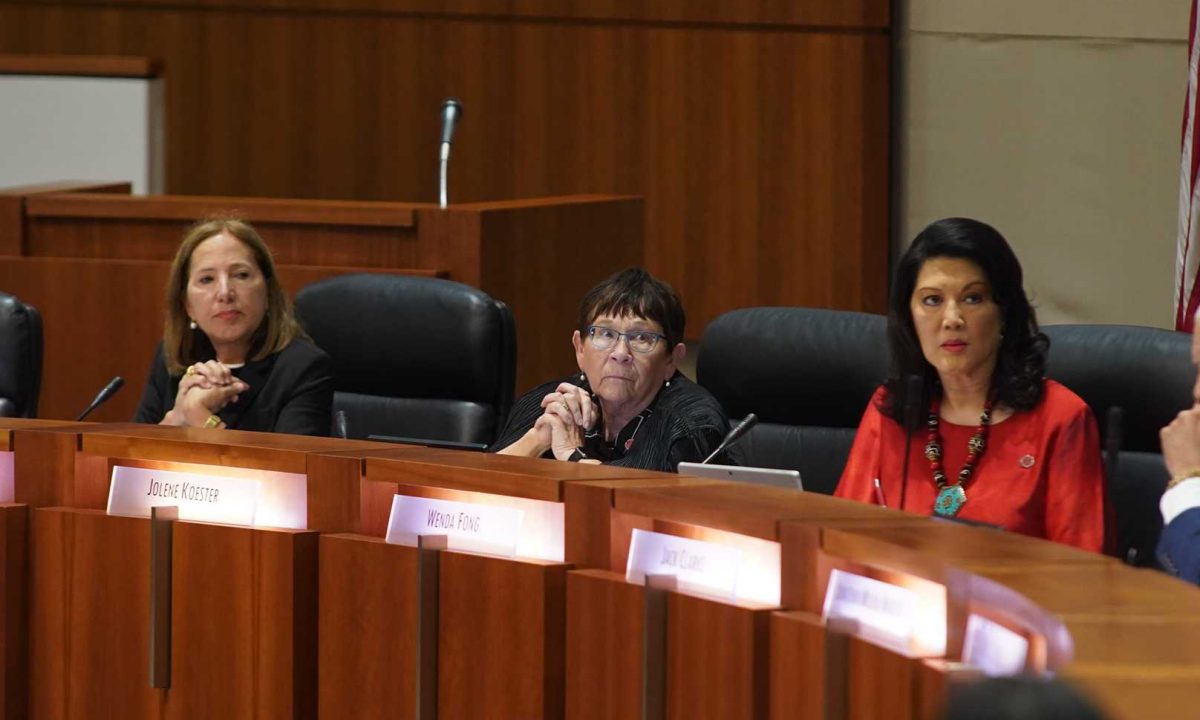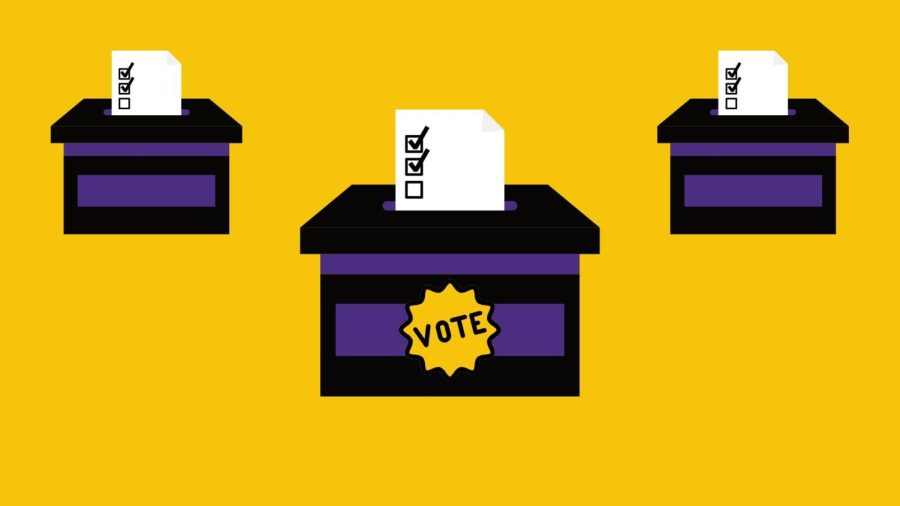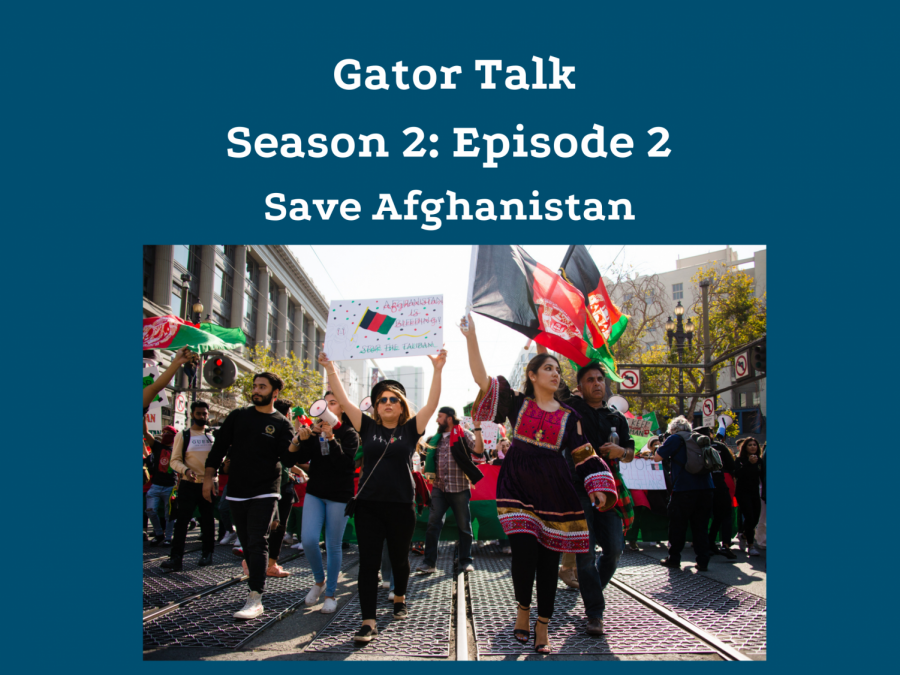(photo courtesy of Sarah EQ)
Photographer Najib Joe Hakim showcased his documentary photography displaying Palestinian life at his lecture, Palestine Diary and Home Away from Home: Little Palestine by the Bay.”
On April 16 at 2 p.m. in the Humanities Building, students and faculty gathered for Hakim’s lecture, about his photography projects based on Palestinian subjects.
Hakim is a Bay Area-based Palestinian-American who wishes to explore his own identity through photography, while simultaneously illuminating struggles in the Middle East.
His photography consists of mostly black-and-white photos that depict Palestinians in a normalized way. Hakim is passionate about capturing the everyday lives of his people and exploring their stories, whether in Palestine or in the Bay Area.
Hakim was guided by his ten commandments during the creation of his photography projects. The commandments included: reclaim control of your own narrative, remain human-centered, deploy empathy, find power in the everyday and go where you are not supposed. He follows these commandments as they help guide him into a comprehensive mindset and help him better his photography.
The “Palestine Diary” photography project is a black and white series of photos Hakim took in 1978 when he visited Palestine for the first time as a college graduate. When Hakim refound his camera years later, he created this project. In “Palestine Diary,” Hakim illustrates the dramatically different lifestyle of Palestine 40 years ago, without a wall or checkpoints.
“You were able to see Israelis and Palestinian people on the same ground,” Hakim said.
Hakim read out sections of his journal that he wrote during this time period while showing these photos.
The “Home Away from Home” photography project displayed black and white photos of Bay Area Palestinian men and women. Hakim created a relationship with two Palestinians in the Bay Area, which snowballed into connections with elderly Palestinians. According to Hakim, the stories gathered by younger generation Palestinians versus older generations were different, as the older generation had seen Palestine before many restrictions were placed in the region.
One photo in the “Home Away from Home” project illustrated hands holding walnuts with a female voice in the background describing her grandmother. With a lack of education, her grandmother could still tell the entire history of the Palestinian village.
In another image, a hijab-wearing female appeared and audio played as she described her experience being tear gassed in Palestine on a trip, and how she was lucky enough to go back to the US after the incident, although others did not have such privilege.
In Hakim’s slideshow presentation of photos, he used audio at many points that played the voice of the subject in the photo. According to Hakim, in his past exhibits, he attaches QR codes to his photography so guests can scan to listen to the audio on their phones. Hakim said that the use of audio amplifies the voices of his surrounding Palestinian community.
“I wanted to literally give voice to the Palestinian community in the Bay Area,” Hakim said. “It’s to help create a greater understanding and empathy for the person telling the story,”
Guests at the event appreciated the timeliness of the exhibit.
“I believe that learning about [Palestinians] is important and valuable,” said SF State creative writing major Samantha Kim. “They’re suffering right now and it’s horrible that what’s happening is being swept under the rug.”
SF State english education student Valeria Desantiago wished to broaden her understanding of the community through the exhibit.
“I came [to the event] because I was interested in having a broader perspective of Palestinian culture,” Desantiago said.
Hakim hoped to shed light on Palestinians and give them a voice through his photography. Much of the media shows them in a negative light and he wants to restore the idea that they are humans.
“I continue to use the term Palestine instead of Israel because it’s not Israel that’s under threat of extinction, it’s Palestine,” Hakim said. “By calling it Palestine, I want to challenge the world to remember it and that they’re still there.”
With his somewhat newly found Palestinian identity, his projects have also become a great help in further involving him with the Palestinian community.
“[Photography] was a journey of becoming more Palestinian again,” Hakim said. “I began to integrate with the Palestinian and Arab community more and now I feel like a real part of it.”












James Lesley Jones • Apr 20, 2019 at 5:17 am
Genesis 21:34. Abraham sojourned in the land of the Palestinians many days.